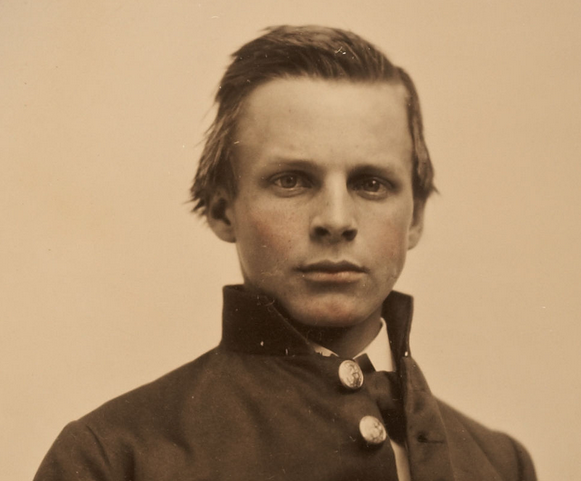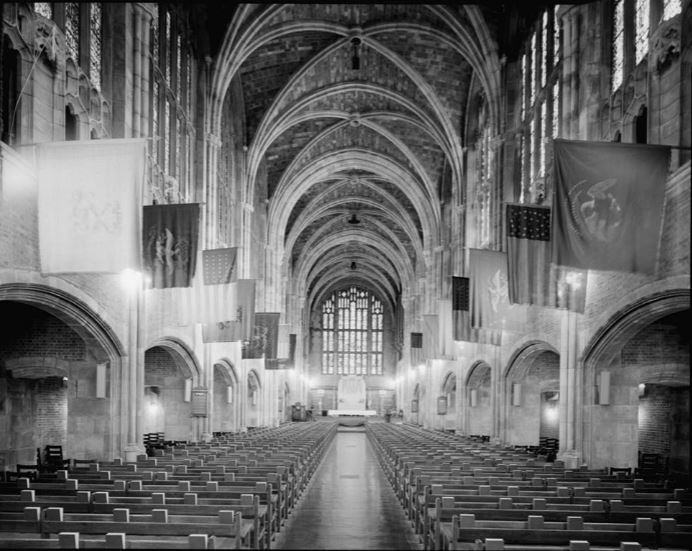
Cadet John Pelham was probably holding his breath when Colonel Alvan Gilham saw him at the United States Military Academy in the spring of 1861. South Carolina had left the Union on 20 December 1860, followed by Mississippi, Florida and finally John’s home state of Alabama on 11 January 1861.
Now, the young cadet knew it was just a matter of time before he would have to resign and return to Alabama. There was no question in his mind that he would defend the South, but he longed to graduate.
John was determined to stay at the Point as long as he honorably could, desperately hoping that circumstances would not force him to leave before he got his diploma and ring in June. He kept his father’s signed permission to resign, dated 1 February, in his pocket until 17 April, when a line was drawn in the sand. He submitted his resignation to the secretary of war.
John knew that the next day the fifth class — his class — would take the oath to support the Union in the conflict that already had started. Taking that oath was something he could not do.

Ten other cadets from the South appeared at the impressive ceremony but refused to take the oath. It is unlikely John was present, his having already resigned. Perhaps, he took his stand quietly because he did not want to make a militant show before the whole assembly; certainly, he was grieving the death of his dream.
He could have taken the oath, graduated and then enlisted in Confederate service. The diploma, hard won over five years, was his ability to make a good living, besides the satisfaction he would have had from possessing a degree from what he thought was the greatest institution of learning in the world. But John Pelham could not lie.
On the night of 22 April, John and his roommate, Texan Tom Rosser, slipped away from the academy quietly, fearing they might be arrested. With heavy hearts, they made their way South.
So it was that Colonel Alvan C. Gillem, who graduated from West Point in 1851, was with John when his character was tried in 1861. What the Southern cadets would do was the center of everyone’s attention, and John’s plans were not secret. Perhaps, they talked about it.
Whatever conversation they might have had, Gillem came away with an unforgettable impression of John Pelham’s character that would save a man’s life. That man was John’s younger brother Peter.
If you would like to join the John Pelham Historical Association, created to perpetuate the memory of Major John Pelham, please see the association’s Facebook page. I am a member.
Other Posts about Major John Pelham
Privations Began Early for Captain John Pelham and Stuart’s Horse Artillery
Major John Pelham’s Character Saves the Life of His Brother Peter
The Mystery Man Who Saved an Adversary’s Life
Sources
Cadet Chapel, U.S. Military Academy at West Point. Library of Congress, HABS NY,36-WEPO,1/20.
Cadet John Pelham. Closeup of the original photograph. Courtesy of Heritage Auctions, heritageauctions.com.